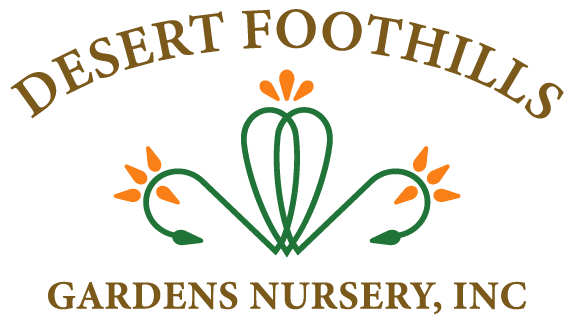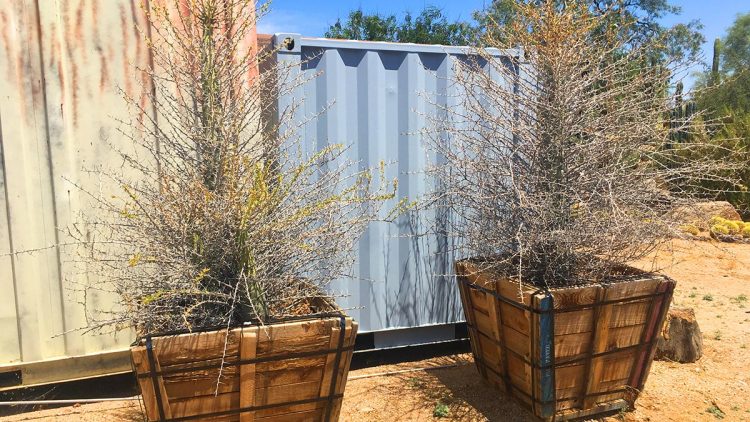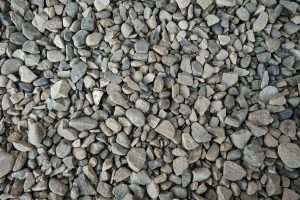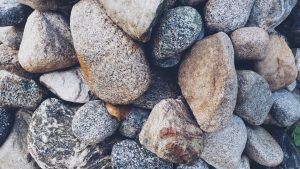Why Is Metal Yard Art Popular
Metal yard art has gained popularity for several reasons, and its appeal continues to grow among homeowners and garden enthusiasts. Here are some of the key reasons why metal yard art is popular:
- Durability: Metal yard art is highly durable and can withstand various weather conditions, including sun, rain, and snow. This longevity makes it an attractive choice for outdoor decor, as it can last for many years with minimal maintenance.
- Artistic Expression: Metal yard art allows for a wide range of artistic expression. Skilled metal artists can create intricate and detailed sculptures, giving homeowners the opportunity to showcase unique and personalized art pieces in their outdoor spaces.
- Variety of Designs: Metal yard art comes in a diverse range of designs and styles, from abstract and contemporary pieces to realistic representations of animals, plants, and more. This variety means that there’s something to suit almost any taste or aesthetic preference.
- Low Maintenance: Unlike some other outdoor decor materials, metal yard art typically requires little maintenance. It doesn’t need painting or sealing, and cleaning is often as simple as wiping it down with a damp cloth. This low maintenance makes it a practical choice for busy homeowners.
- Rustic Charm: The natural patina that develops on some metal yard art, particularly pieces made from materials like iron or steel, adds a rustic and weathered charm that enhances the visual appeal. The aging process can make the art even more interesting over time.
- Sustainability: Metal yard art is often made from recycled or repurposed materials, contributing to sustainability and eco-friendliness. Using materials that might otherwise go to waste aligns with environmental concerns.
- Customization: Many metal artists offer customization options, allowing customers to request specific designs, sizes, and finishes. This level of personalization enables homeowners to create art pieces that perfectly complement their outdoor spaces.
- Versatility: Metal yard art is versatile and can be incorporated into various outdoor settings, such as gardens, patios, courtyards, and even urban environments. It can serve as a focal point, provide an artistic touch, or simply add interest to the landscape.
- Timelessness: Metal yard art has a timeless quality that doesn’t go out of style. Unlike some trendy outdoor decor options, metal art pieces remain attractive and relevant for years.
- Local Artisan Support: Many people appreciate supporting local artisans and craftsmen who create metal yard art. These artists often produce their pieces by hand, adding a personal touch to each creation.
- Artistic Value: Metal yard art is considered by many to be a form of fine art, and homeowners often view it as an investment in their outdoor spaces, enhancing the overall aesthetics and value of their property.
- Conversation Starter: Unique and eye-catching metal yard art often becomes a conversation starter, sparking discussions and adding an element of intrigue to outdoor spaces.
In summary, metal yard art’s popularity can be attributed to its durability, artistic expression, variety, low maintenance, and the ability to enhance outdoor spaces with distinctive, customizable, and eco-friendly pieces. Whether it’s a large sculpture or a small garden ornament, metal yard art has a timeless and enduring appeal that continues to captivate homeowners and art enthusiasts alike.
The choice of images for metal yard art is highly subjective and can be influenced by personal preferences, the overall theme of the outdoor space, and the artist’s creative vision. However, some images and themes are popular and work well for metal yard art. Here are some ideas for images that are commonly used in metal yard art:
- Flora and Fauna: Metal yard art featuring images of plants, flowers, trees, and various wildlife can add a natural and organic touch to outdoor spaces. Popular choices include flowers, leaves, butterflies, birds, and animals.
- Southwestern and Desert Themes: In arid regions like Arizona, Southwestern and desert-themed metal yard art is prevalent. This can include cacti, agave plants, roadrunners, coyotes, and other native flora and fauna.
- Geometric and Abstract Designs: Geometric shapes, abstract patterns, and contemporary designs can create a modern and visually striking contrast in outdoor spaces. These designs can be simple or complex, depending on the desired aesthetic.
- Sun and Moon: The sun and moon are timeless symbols that can be represented in various artistic ways. Sunbursts, crescent moons, and celestial motifs are often incorporated into metal yard art.
- Native American and Indigenous Art: Traditional designs and symbols from Native American and Indigenous cultures are often incorporated into metal yard art, reflecting the rich heritage of the region.
- Western and Cowboy Themes: Metal art featuring images related to the Wild West, including cowboys, horses, boots, and horseshoes, can add a rustic and nostalgic charm to the outdoor space.
- Nautical and Marine Themes: If you’re in an area with a nautical influence, consider metal art featuring seashells, fish, anchors, and other maritime elements.
- Sculptures and Figurative Art: Sculptures of people, animals, or abstract human forms can serve as focal points and conversation starters in the yard. Sculptures can be realistic or abstract, depending on your preference.
- Rustic and Industrial Elements: Some people enjoy incorporating rustic and industrial elements into their metal yard art, such as gears, wheels, and mechanical components. These elements can add a unique and urban flair to the space.
- Custom Designs: Many homeowners and artists choose to create custom metal yard art with personal symbols, names, or imagery that holds special meaning for them.
When selecting images for metal yard art, it’s essential to consider the overall style and theme of your outdoor space. Whether you’re going for a contemporary, rustic, or whimsical look, the choice of imagery should harmonize with the overall design and create a cohesive and aesthetically pleasing environment. Customization allows you to express your unique style and preferences while enhancing the beauty of your yard.
- Tips For Growing Indoor Cactus
- Wood Chips Vs Mulch
- Desert Landscaping Ideas
- 10 Incredible Saguaro Cactus Facts
- Where To Buy Saguaro Cactus
- How To Save A Dying Cactus
- How To Bring A Dead Palm Tree Back To Life
- Landscaping Prices In Arizona
- Landscape Boulders Cost
- How To Take Care Of A Cactus In Arizona | Gardening Tips
- Desert Shrubs
- When are the Saguaro Cactus in Bloom in AZ?
- Mulch vs Compost | Differences
- Garden Soil Vs. Potting Mix | Differences
- What Type Of Water Fountain Should I Buy?
- What is Xeriscape?
- The Benefits of Ground Covering Plants
- Desert Plants
- Common Desert Plants Found in Arizona
- Garden Water Fountains
- Types of Cactus
- Different Types of Water Fountains for Your Garden
- Desert Landscaping Phoenix
- Sonoran Desert Landscape Rocks
- Arizona Xeriscape Gardening






